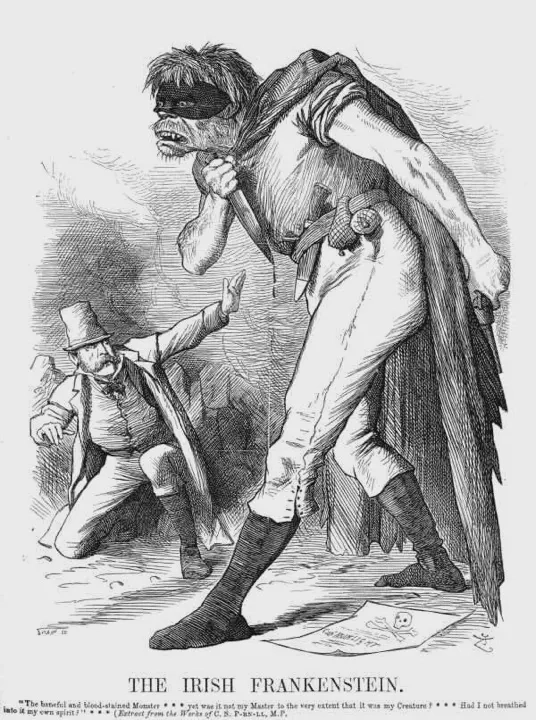
Special Inquiry Into the Phoenix Park Murders, in Which Parnell Is Falsely Implicated
December 04, 1882
The Phoenix Park Murders were the fatal stabbings of Lord Frederick Cavendish, the newly appointed Chief Secretary for Ireland and Thomas Henry Burke, the Permanent Undersecretary in Phoenix Park, Dublin, Ireland, on 6 May 1882.
Cavendish was the newly appointed Chief Secretary for Ireland and Burke was the Permanent Under-Secretary, the most senior Irish civil servant.
The assassination was carried out by members of a republican organisation known as the Irish National Invincibles, a more radical breakaway from the Irish Republican Brotherhood.
Background
The Phoenix Park murders were carried out by members of the Irish National Invincibles, a radical nationalist group that sought to advance Irish independence.
Targeted Individuals
The Irish National Invincibles failed numerous times to kill Chief Secretary William Edward Forster before he resigned his office in protest at the Kilmainham Treaty.
The group then settled on a plan to kill the Permanent Under-Secretary Thomas Henry Burke at the Irish Office.
Lord Frederick Cavendish had recently arrived in Ireland to take up his post as Chief Secretary, and Thomas Henry Burke was a high-ranking civil servant. The attackers mistook Burke for the Chief Secretary, and both men were fatally stabbed.
Newly installed Chief Secretary Lord Frederick Cavendish, on the evening of his arrival to Ireland, decided to walk alone from Dublin Castle to his new residence in The Phoenix Park.
Close to the entrance of Dublin Zoo, Burke, who just happened to also be on his way home to his residence in The Phoenix Park, spotted Cavendish and asked his carriage driver to stop and then continued on foot with Cavendish to the Viceregal Lodge, the “out of season” residence of the Lord Lieutenant of Ireland.
Murders
The Invincibles had been following Burke for a number of days previous to this. Seven members of The Invincibles approached Burke and Cavendish. The first assassination was committed by Joe Brady, who stabbed Burke with a 12-inch knife, followed in short order by Tim Kelly, who stabbed Cavendish. Both men used surgical knives, delivered by Mary Ann Byrne, in order to avoid making a lot of noise while carrying out the killings.
As previously mentioned, Cavendish had just arrived in Ireland that day so these men were completely unaware of his identity and he was not the intended target, however as he was now a witness to the assassination he could not be left alive.
Immediate Aftermath
The murders sent shockwaves through Irish and British society. The British government responded with a crackdown on Irish nationalist organizations.
Arrests and Trials
A number of individuals associated with the Invincibles were arrested and brought to trial. Five men were executed, and others received lengthy prison sentences.
Impact on Irish Politics
The Phoenix Park murders had a profound impact on Irish politics. It led to increased repression by the British authorities and a decline in support for physical force nationalism.
Dissociation by Parnell
Charles Stewart Parnell, the leader of the Irish Parliamentary Party, publicly condemned the murders and distanced himself from violent methods. He worked to maintain the focus on constitutional methods in pursuit of Irish Home Rule.

The Phoenix Park murders marked a dark chapter in Irish history and had lasting repercussions for the nationalist movement. The event highlighted internal divisions within the movement and contributed to a shift toward more moderate and constitutional approaches to achieving Irish political objectives.